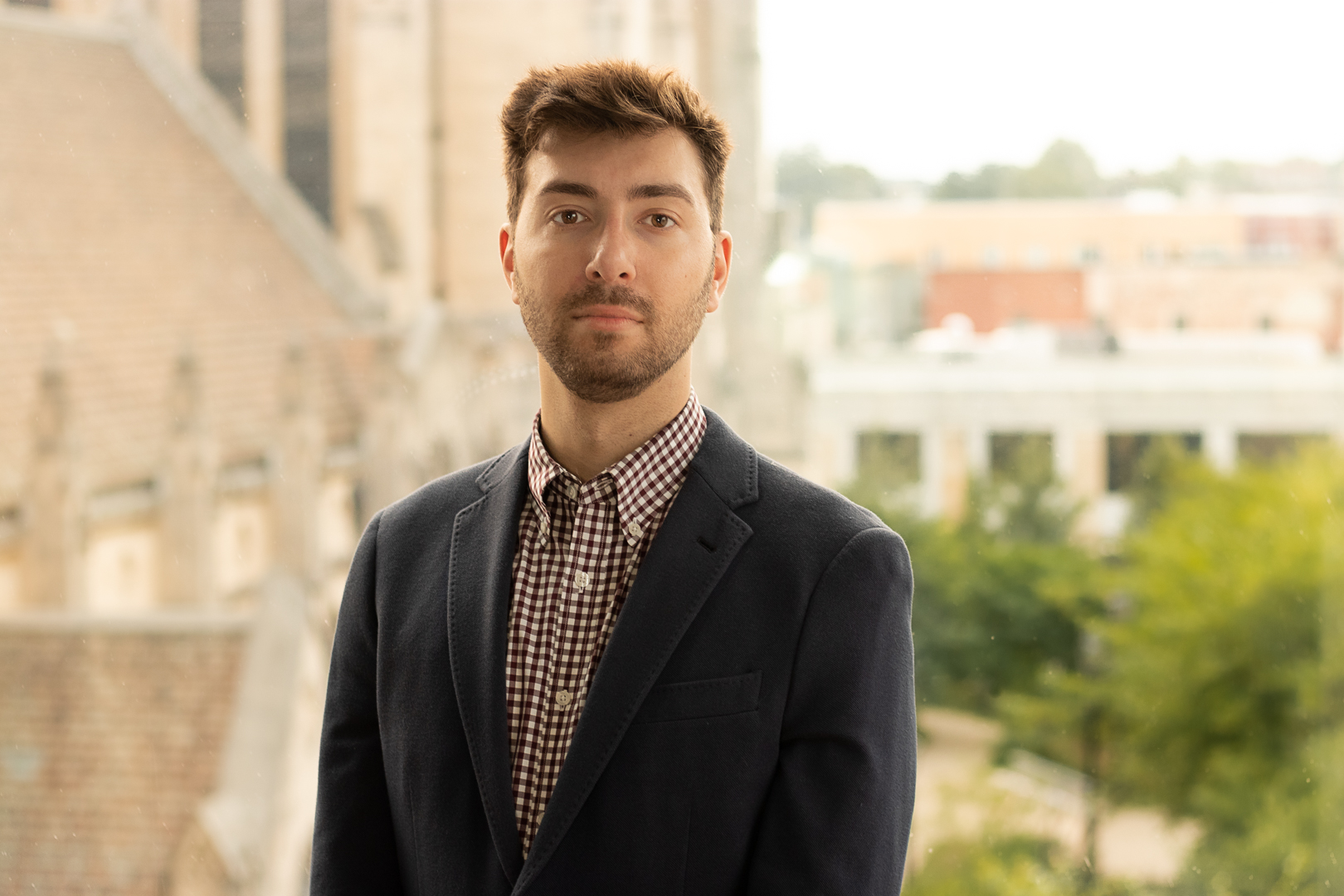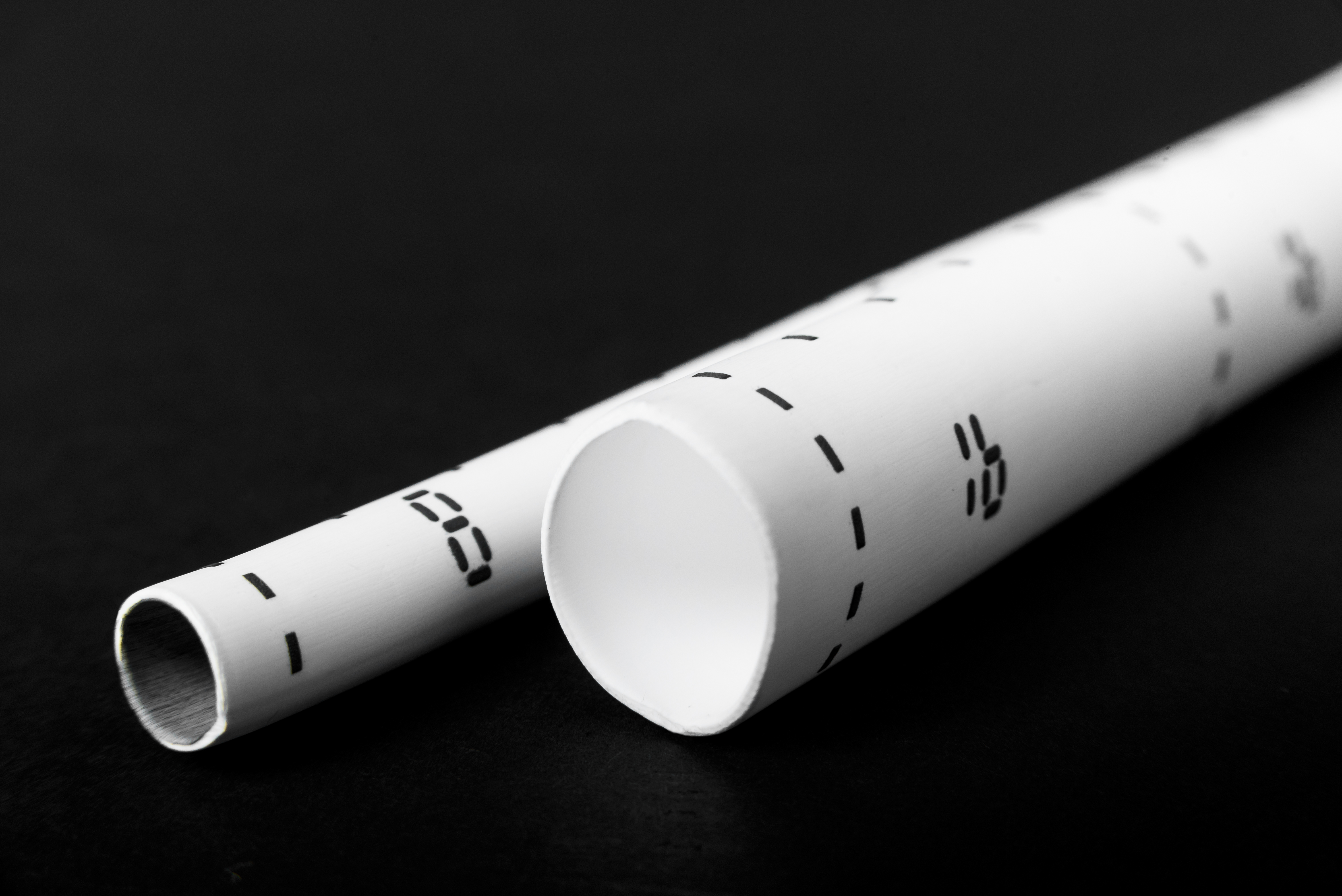Innovation with Heart
With a pioneering device, alumnus Jamie Quinterno and PECA Labs are changing the way the world performs heart surgery
By Amanda S.F. Hartle
When alumnus Jamie Quinterno decided to become a Tartan, he never imagined he was taking his first step in revolutionizing pediatric heart surgery.
But that’s exactly what his biomedical company PECA Labs is doing — with an eye toward using their disruptive technology to change cardiothoracic and vascular surgery for adults, too.
“When children are born with congenital heart defects, they call it the snowflake syndrome because each and every malformation is unique,” says Jamie, who serves as the company’s chief operations officer and 2012 graduate of Dietrich College of Humanities and Social Sciences. “Our device design process focuses on helping the hundreds of thousands of children born each year with congenital defects.”
The company’s portfolio consists of devices for both pediatric and adult markets in various stages of design and testing, and their exGraft Radiopaque Vascular Graft is currently in use in the United States and Europe. PECA’s product range is designed to replace malformed natural anatomy in a child with congenital defects or insufficient anatomical function in adults. Other technologies, currently in development include future device iterations with the potential to reduce the repeated, traumatic open-heart surgeries a child must undergo as their heart grows from newborn to age 18.
While their product is revolutionary, PECA Labs began like many other startups: in a dorm room during a conversation between friends.
"When children are born with congenital heart defects, they call it the snowflake syndrome because each and every malformation is unique. Our device design process focuses on helping the hundreds of thousands of children born each year with congenital defects."
The Diagnosis
As a sophomore, Jamie wanted to live on campus, but the only available spot was a shared room with a stranger in Webster Hall. He took the chance, and that stranger, Doug Bernstein, a 2012 College of Engineering alumnus, became his roommate, friend and business partner.
Doug, who serves as the company’s chief executive officer, was working on a research project for a pediatric heart valve design for a Pittsburgh-area surgeon with Arush Kalra, now PECA Lab’s chief scientific officer and a 2013 College of Engineering alumnus. As the project’s end approached, they were concerned all their hard work would wither away.
“We knew that if we didn’t do something with the research, no one would,” Jamie says. “This was something that could help people and would be meaningful and important. There were literal lives on the line who could be saved or improved with these technologies, so we figured out the tech transfer process and started our journey,” Jamie says.
Their initial device and concept had potential, but they faced an uphill climb to market. Their relatively young age was an anomaly in the medical device industry, and the challenges of acquiring financing and the nonstop startup environment were a grind.
“We learned that it's very important to be able to sympathize, empathize, connect and collaborate with those who are striving to meet the same goals,” Jamie says. “No one can encompass all the skill sets necessary to start and run a company, and I can honestly say without the interdisciplinary mentality that we were able to utilize at CMU, we would not be here today.”
"We knew that if we didn’t do something with the research, no one would. This was something that could help people and would be meaningful and important. There were literal lives on the line who could be saved or improved with these technologies, so we figured out the tech transfer process and started our journey."
Prepping for Surgery
The exGraft, which was approved by the FDA in 2018, is already making life better for children suffering from congenital heart defects.
For these children, without some sort of medical intervention to address their heart’s non-natural anatomy, their body’s blood-pumping abilities would be severely hindered causing a cascade of other health concerns such as poor vision, low body weight and small size for their age group.
“If the conduit is too small, you have a bottleneck of blood, which means the body is not getting all the blood it needs,” Jamie says. “Muscles, bones, organs and other systems aren't getting the energy and nutrients they require because the body is oxygen-starved.”
PECA Lab’s thin and flexible exGraft is currently cleared as a vascular prosthesis, and it sets the stage for the company to bring the first post-operatively expandable conduit to market — potentially resolving cascade effects from defects and possibly alleviating repeat open heart surgeries.
“When you put the conduit we are developing into a child and the child grows, theoretically you can use a balloon catheter to go through the femoral artery or through the neck to increase the conduit’s size. Therefore, you don't have to cut the whole chest open to put in a larger tube every few years.”
Looking forward, PECA Labs is expanding beyond their original mission to research and development into an array of cardiovascular surgical devices for all ages.
“PECA Labs started with the kernel of a concept,” Jamie says. “As we grew and invested time, thought and money into research, we realized that our underlying technologies have the applicability to go beyond pediatrics, beyond congenital defects and across the body, regardless of age.”
"PECA Labs started with the kernel of a concept. As we grew and invested time, thought and money into research, we realized that our underlying technologies have the applicability to go beyond pediatrics, beyond congenital defects and across the body, regardless of age."
Continuing Care
Even though their device is in use in some of nation’s top children’s hospitals and around the world in eight other nations, Jamie seldom sees real-life evidence of the company’s tireless work.
That changed when he was invited to visit a summer camp for children with congenital heart defects. Standing near a sign with PECA’s logo, a mother approached him.
“She told me her daughter had our device, and she brought over a happy little girl with her grandmother,” Jamie says. “They were so ecstatic and thankful. It was a surreal experience to be able see a tangible benefit in people's lives.”
For him, that moment can be traced back to the training, research strategies and experiences he received while studying history and business at Carnegie Mellon.
“I chose CMU because I wanted to be in the epicenter of a dynamic place that did things,” Jamie says.
“I was able to absorb CMU’s emphasis on teaching you how to do things instead of focusing on things that have already been done, and I think there are children alive today whose lives are better because of that.”

